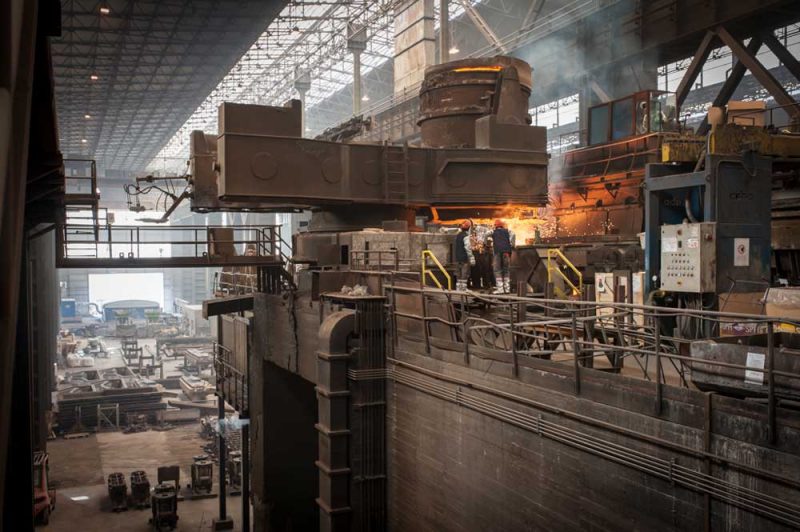
Germany Steel Production Faces Persistent Yearly Decline
Germany’s steel production fell sharply in July 2025, declining 13.7% year-over-year to 2.72 million tons. According to the German Steel Industry Association (WVStahl), this marks the seventh consecutive month of year-on-year contraction. However, output ticked up 1.5% compared to June, offering a marginal short-term rebound.
Oxygen furnace steel production saw the steepest fall, dropping 19.6% year-on-year to 1.89 million tons. Electric arc furnace (EAF) production showed modest resilience, rising 4% year-on-year to 821,000 tons, despite a 12.7% drop from the previous month. Meanwhile, pig iron output fell 18.3% year-on-year but rose 6.7% month-on-month to 1.74 million tons.
Hot-rolled steel production also weakened, decreasing 4.9% year-on-year and 1.1% from June, totaling 2.47 million tons. The data reflects deepening structural and demand challenges within Europe’s largest steel-producing economy.
Year-to-Date Figures Reflect Broader Industry Contraction
Between January and July 2025, Germany’s steelmakers produced 19.83 million tons, down 12.1% compared to the same period in 2024. Oxygen converters contributed 13.34 million tons, a 16% drop, while EAFs accounted for 6.49 million tons, down 2.8% year-over-year. Pig iron production totaled 12.38 million tons for the period, a 15% year-on-year reduction.
Rolled steel output also declined by 7.8% to 17.75 million tons. These figures signal a sustained downturn in both traditional and electric-based production routes, reflecting weakening industrial demand and persistent cost pressures from energy and emissions.
Although Germany recorded 5.2% growth in steel production in 2024, with a total of 37.23 million tons, smelting volumes have remained under 40 million tons annually for three years—an indicator of recession-level output, according to WVStahl.
SuperMetalPrice Commentary:
Germany’s July figures confirm a troubling trend in European steel production. High energy costs, weak demand, and regulatory pressures continue to suppress output, particularly from oxygen converters. While electric arc furnaces show relative strength, their gains remain too small to offset broader contraction. Germany’s long-standing status as a top global steel producer now faces pressure from both macroeconomic headwinds and structural shifts in the industry. For stakeholders, adaptability and investment in low-emission technologies will be essential as the sector seeks stability beyond 2025.



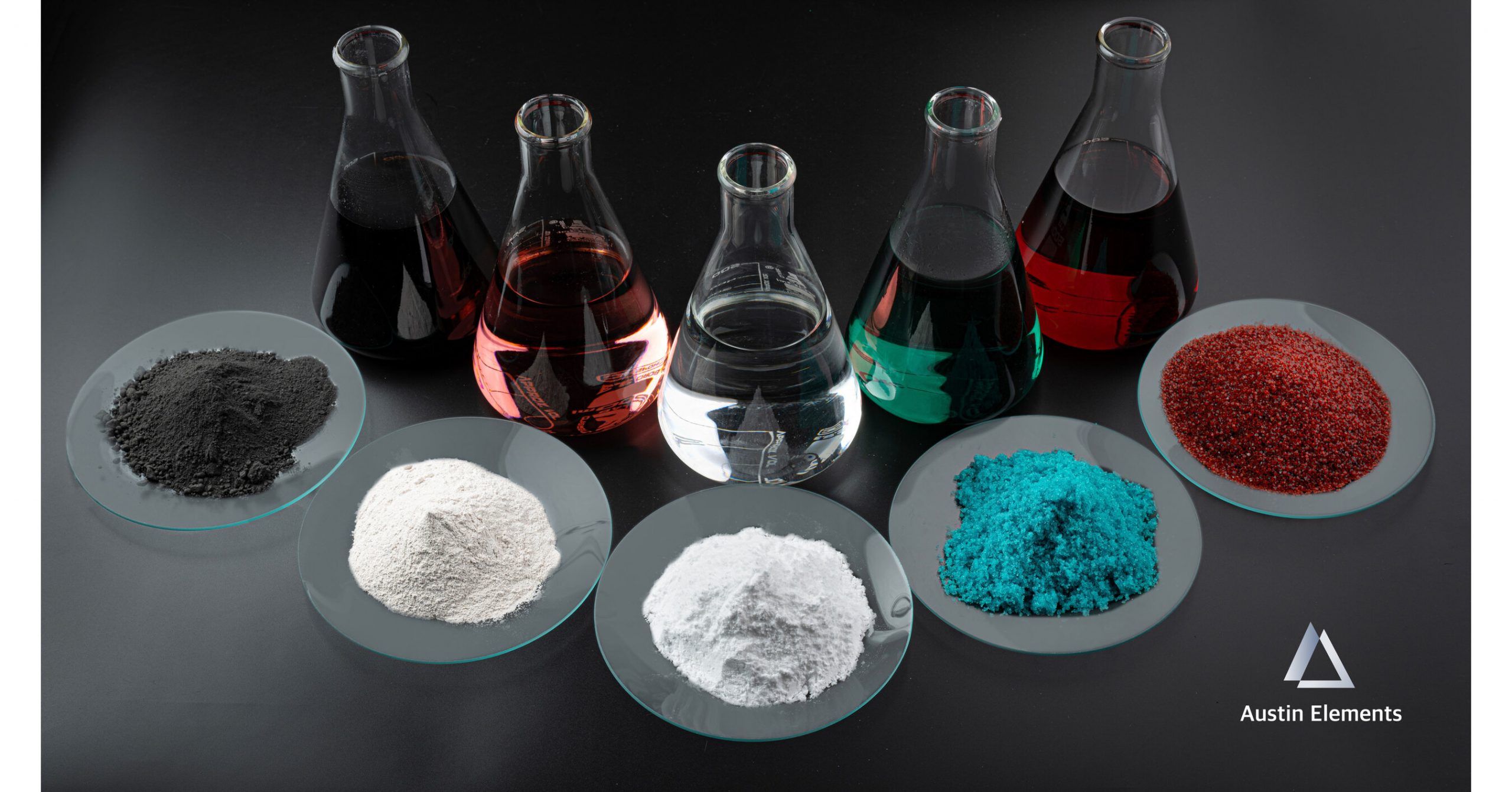



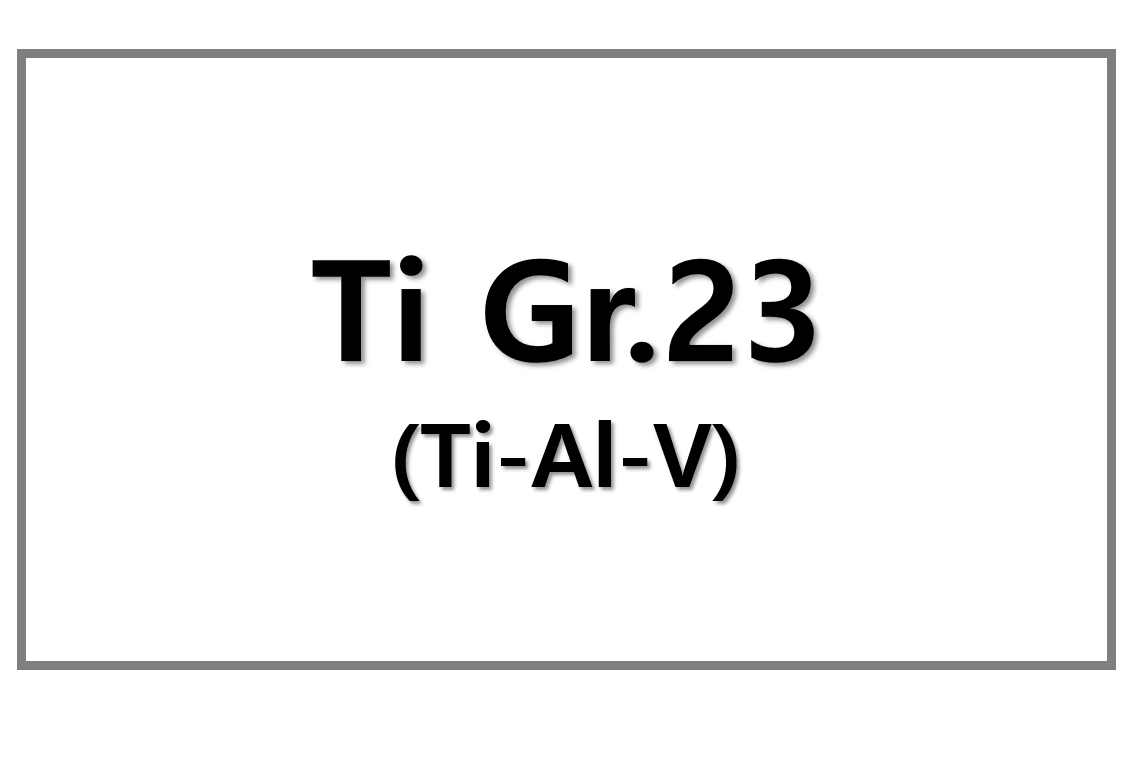
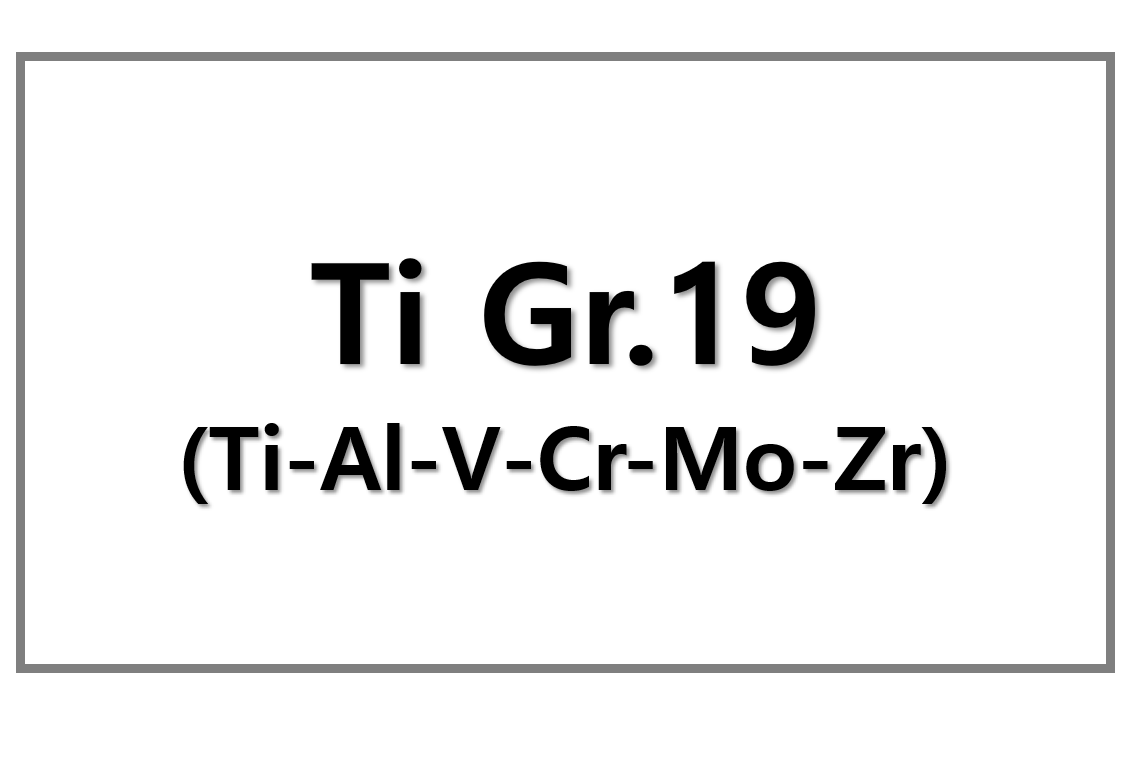
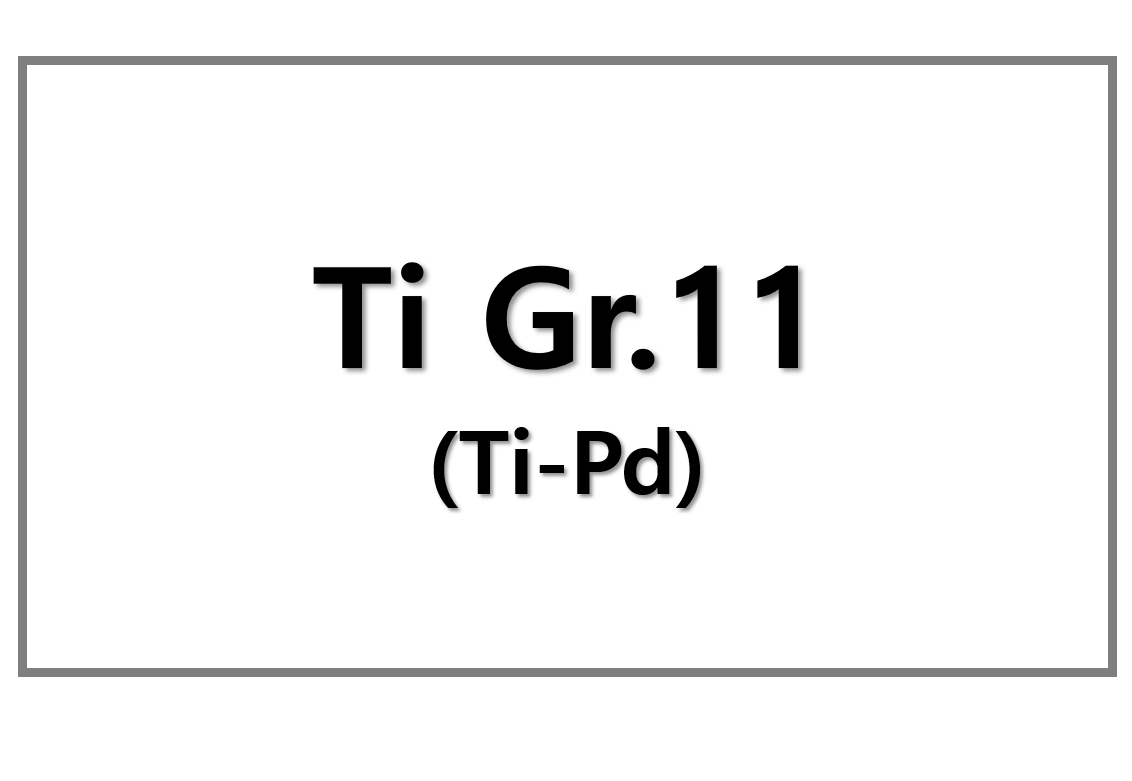
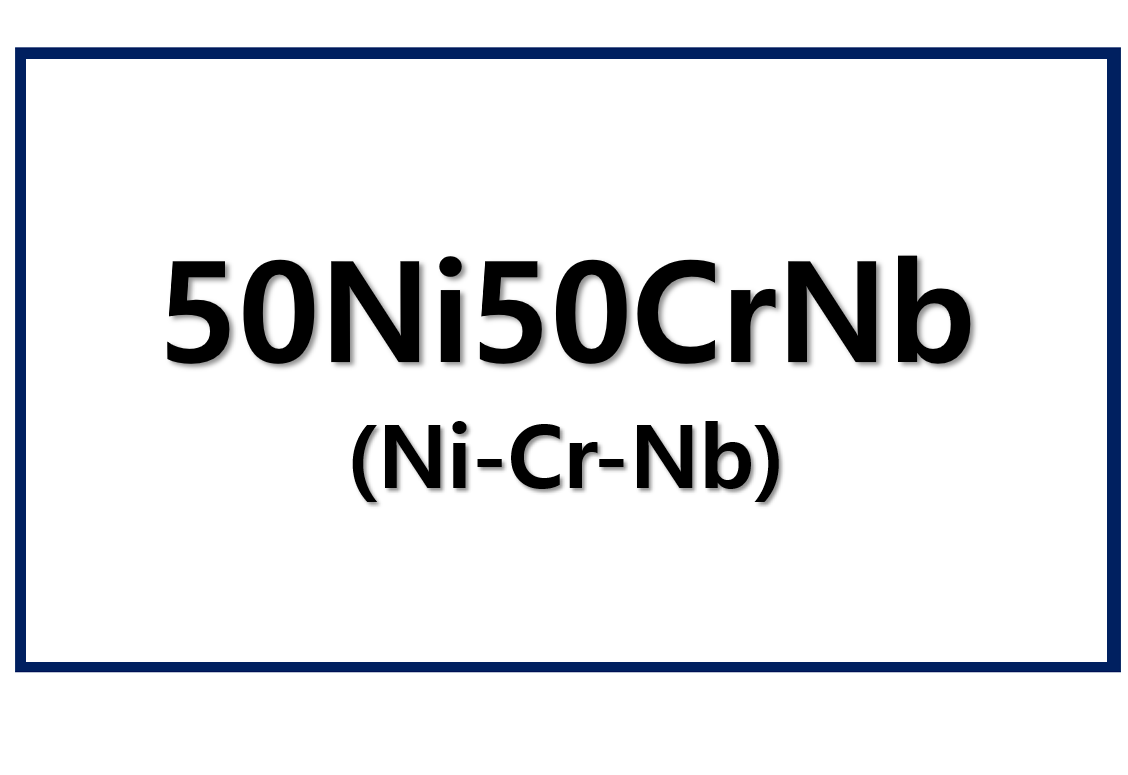
Leave a Reply
You must be logged in to post a comment.